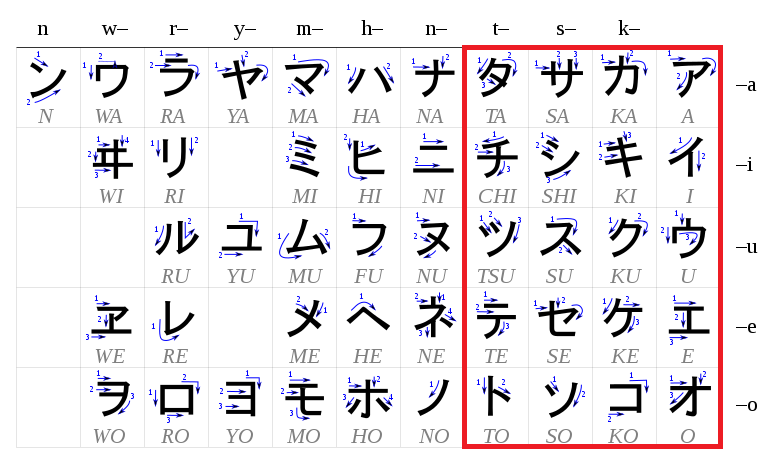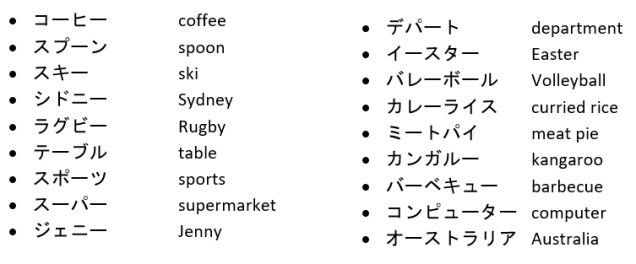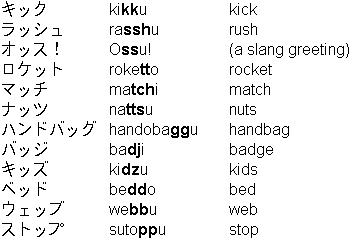Are you interested in finding 'how to write double consonants in katakana'? Here you can find the answers.
Bivalent consonants in katakana work the very way in hiragana. You just rich person to use katakana letters. Remember that a double concordant is made away placing a reduced “tsu” before the sound about to be doubled. Katakana examples would Be ティッシュ (tissue – as in the kleenex) and カップ (cup).
Table of contents
- How to write double consonants in katakana in 2021
- How to write long vowels in hiragana
- Sokuon example
- English to katakana
- How to type double consonants in japanese
- Double consonant japanese hiragana
- Katakana double consonant words
- How to type in katakana
How to write double consonants in katakana in 2021
 This picture shows how to write double consonants in katakana.
This picture shows how to write double consonants in katakana.
How to write long vowels in hiragana
 This picture representes How to write long vowels in hiragana.
This picture representes How to write long vowels in hiragana.
Sokuon example
 This image illustrates Sokuon example.
This image illustrates Sokuon example.
English to katakana
 This image demonstrates English to katakana.
This image demonstrates English to katakana.
How to type double consonants in japanese
 This picture illustrates How to type double consonants in japanese.
This picture illustrates How to type double consonants in japanese.
Double consonant japanese hiragana
 This picture illustrates Double consonant japanese hiragana.
This picture illustrates Double consonant japanese hiragana.
Katakana double consonant words
 This picture shows Katakana double consonant words.
This picture shows Katakana double consonant words.
How to type in katakana
 This image illustrates How to type in katakana.
This image illustrates How to type in katakana.
Why do you use つ and つ in katakana?
This is Romanised as a double consonant and used to represent them (with ッ) in foreign words. The reason that つ is used is that "tsu" sounds are often replaced with pauses in compound words. This is similar to the voicing of second Kanji in compound words (such as [川]{river} being read as かわ or がわ in different words).
How are double consonants pronounced in hiragana and katakana?
Double Consonants. Double Consonants are exactly the same as in Hiragana, so you just add a small ツ preceding the consonant. For example, チケット, meaning ticket, is pronounced the same way as ちけっと.
How to make a long vowel in katakana?
It’s a lot simpler in Katakana, because all you have to do to make a long vowel is to add a line (ー) at the end of the letter. For example, アー is equivalent to ああ and ソー is equivalent to そう or そお. Double Consonants are exactly the same as in Hiragana, so you just add a small ツ preceding the consonant.
What do you type before ya in katakana?
Type ‘du’ to produce the づ in つづく. This is mostly used to write katakana (loan words from other languages). Typing an ‘x’ before ya, yu, yo will allow you type these small characters.
Last Update: Oct 2021